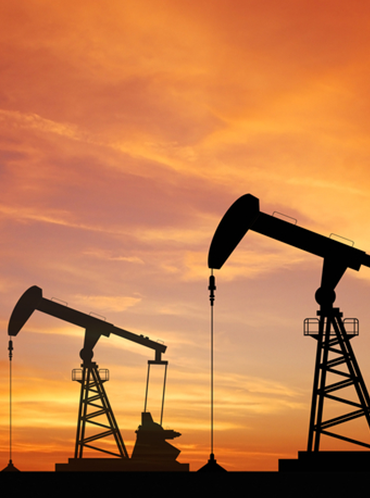
KEY TAKE AWAYS
Petroleum is a naturally occurring liquid found beneath the earth’s surface that can be refined into fuel.
Petroleum is used as fuel to power vehicles, heating units, and machines, and can be converted into plastics.
The extraction and processing of petroleum and its availability are drivers of the world's economy and global politics.
Petroleum is non-renewable energy, and other energy sources, such as solar and wind power, are becoming prominent.

Pros and Cons of Petroleum
Petroleum provides transportation, heat, light, and plastics to global consumers. It is easy to extract but is a non-renewable, limited supply source of energy. Petroleum has a high power ratio and is easy to transport. However, the extraction process and the byproducts of the use of petroleum are toxic to the environment. Underwater drilling may cause leaks and fracking can affect the water table. Carbon released into the atmosphere by using petroleum increases temperatures and is associated with global warming.
Pros
Stable energy source, Easily extracted, Variety of uses, High power ratio, Easily transportable
Cons
Carbon emissions are toxic to the environment, Transportation can damage the environment, Extraction process is harmful to the environment.
Here's an overview of key aspects of project management in the petroleum industry:
-
Project Planning:This involves defining project objectives, scope, budget, schedule, and resources required. It also includes risk assessment and mitigation planning to address potential challenges that may arise during the project lifecycle.
-
Stakeholder Management:Identifying and engaging with stakeholders, including government agencies, local communities, investors, suppliers, and regulatory bodies, to ensure their needs and concerns are addressed throughout the project.
-
Resource Management:Allocating and managing resources such as personnel, equipment, materials, and finances efficiently to meet project goals within budget and schedule constraints.Health, Safety, and Environmental (HSE) Management: Ensuring compliance with health, safety, and environmental regulations and implementing measures to minimize risks to workers, communities, and the environment.
-
Procurement and Contract Management:Procuring necessary goods and services through contracts with suppliers and contractors, negotiating terms and conditions, and managing contract performance to ensure delivery of quality work within budget and schedule.Engineering and Construction Management: Overseeing engineering design, construction, and commissioning activities to ensure adherence to specifications, standards, and best practices while minimizing cost and schedule overruns.
-
Quality Management:Implementing quality assurance and quality control processes to ensure that project deliverables meet established standards and specifications.
-
Risk Management:Identifying, assessing, and mitigating risks that may impact project objectives, including technical, financial, regulatory, and operational risks.
-
Schedule Management:Establishing effective communication channels and protocols to facilitate collaboration among project team members, stakeholders, and external partners.
-
Commissioning and Startup:Planning and executing commissioning and startup activities to transition the project from construction to operations smoothly and efficiently.
-
Documentation and Reporting:Planning and executing commissioning and startup activities to transition the project from construction to operations smoothly and efficiently.

